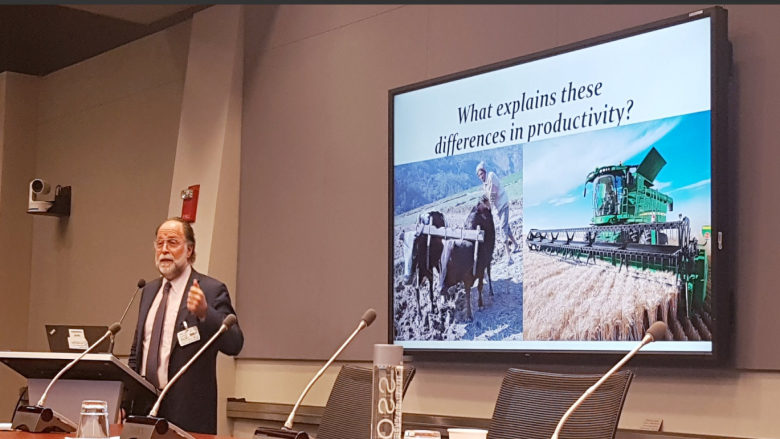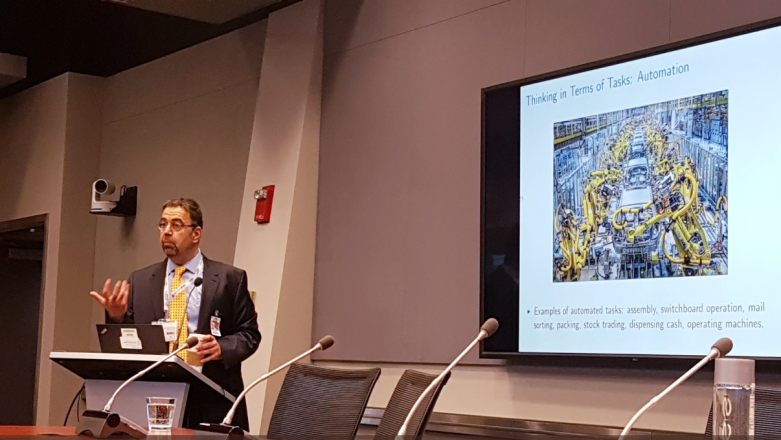The global economy faces massive transitions due to automation and the “Fourth Industrial Revolution”. Mobilizing investment to create better jobs and improve access for disadvantaged groups has never been more important— especially in developing countries.
The third edition of the Jobs and Development Conference focused on Improving Jobs Outcomes in Developing Countries. For co-organizer Gary Fields from Cornell University and IZA, “This conference opened space for almost 100 policymakers and labor economists to exchange ideas about what works for improving jobs outcomes and how developing countries are shaping up to tackle the future of work agenda.”
The conference kicked off with a policymakers’ panel, where Prakash Loungani from the IMF, Indhira Santos from the World Bank, Steven Ayres from DfID, and Kunal Sen from UNU-WIDER discussed how to improve the design of labor market institutions in developing countries to accelerate the growth of good jobs and promote universal access to social protection; how to improve jobs outcomes for women; and ways to transform agriculture to generate better jobs in Africa. The conference featured over fifty papers chosen from more than 200 submissions.
Keynote speeches from MIT’s Daron Acemoglu and Harvard’s Ricardo Hausmann made the case for paradigm shifts in how we think about economic growth, jobs, productivity, wages, and the future of work – both in developed and developing countries.
How does technology impact productivity and wages?
Daron Acemoglu emphasized how automation is transforming the nature of work. Repetitive tasks previously performed by humans can now be automated. Contrary to what many pessimists have predicted, that isn’t making work redundant. Instead, other new tasks are being created, where humans have a comparative advantage. For instance, in the U.S.A., during the 20th century agricultural mechanization displaced workers from farming. But first manufacturing, then services hired many more workers and employment stayed high. For most of the 20th century this was linked to strong real wage growth. But since the turn of the century, although technological change has accelerated, productivity growth has been disappointing. Jobs growth has been concentrated in the bottom (low skilled) earnings quintiles and real wages and labor’s share of value added have both lagged. To find an historical precedent, we need to go back to the long stagnation of real wages at the start of the industrial revolution in the UK, from 1760 to 1850, known as “Engels’ Pause”.


